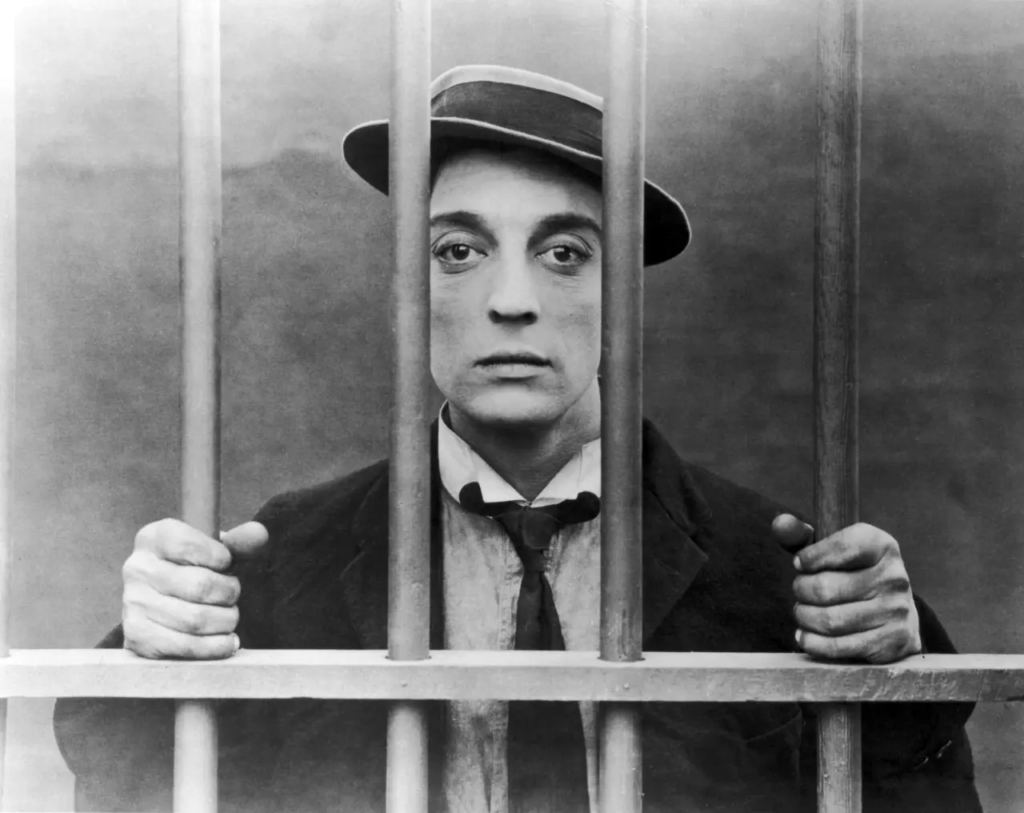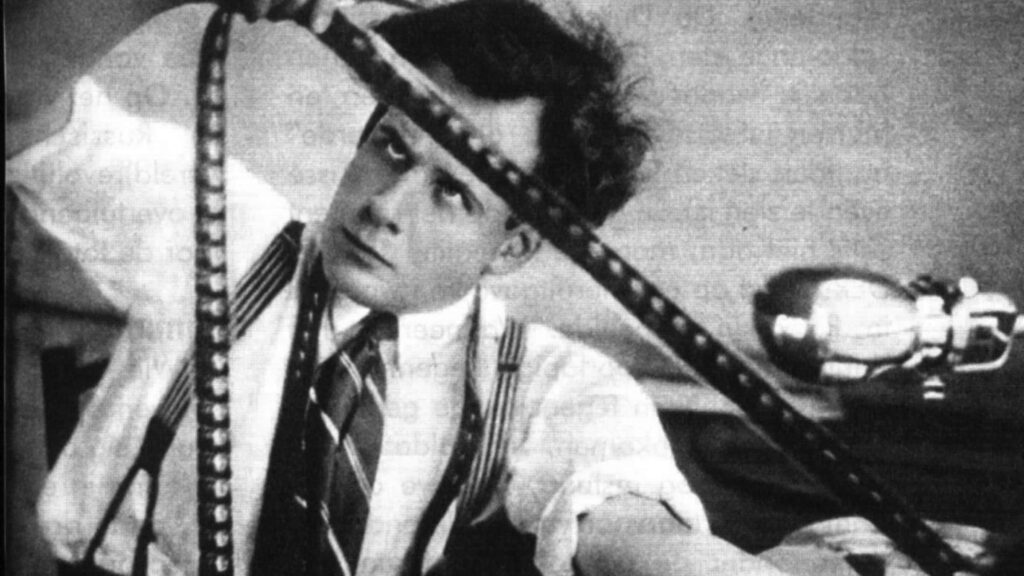Dogme 95 was a film movement started in Denmark, where ‘Dogme’ signifies a set of rules, and ’95’ is the year of its inception. Danish filmmakers Lars von Trier and Thomas Vinterberg introduced a set of rules known as the ‘Vow of Chastity.’ The movement aimed to promote a stripped-down, low-budget, authentic, and raw approach to filmmaking, placing a strong emphasis on storytelling and character development over-elaborate production techniques.
The Dogme 95 Manifesto outlined some rules that filmmakers had to adhere to when creating a Dogme film. Some of these rules are:
- Filming must take place in real locations; artificial sets or decorations are not allowed.
- Sound must always be captured in sync with the images, discouraging dubbing or separate sound production.
- The camera must be handheld, capturing movements as they naturally occur and avoiding the use of tripods or steady cams.
- Natural lighting should be used for filming; artificial lighting is not permitted.
- Optical work and filters are forbidden. Optical work refers to the manipulation of the film’s image through post-production techniques such as color correction, digital effects, or filters applied during editing. Dogme 95 encourages a more raw and unfiltered visual style, where the captured footage remains untouched by any post production enhancements..
- Superficial actions such as murders or weapon use are not allowed. This rule emphasizes the avoidance of sensationalized violence in Dogme 95 films. Filmmakers following this rule refrain from including superficial actions such as murders, weapons, or violent acts that are unrelated to the narrative of the film. The aim is to prevent the use of violence as a mere plot device or shock factor, encouraging filmmakers to focus on more meaningful and character-driven storytelling and explore more deeper and genuine aspects of human experiences.
- Temporal and geographical alienation is prohibited. This means the narrative structure should be linear, unlike non-linear and fragmented narratives seen in films like ‘Pulp Fiction’ or ‘Eternal Sunshine of the Spotless Mind.’ This ensures clarity for the audience and prevents unnecessary confusion. Similarly, the film’s settings and locations should establish a relatable connection to reality, unlike movies that disconnect the audience from reality through enhanced visual aesthetics or unreal locations. Dogme 95 manifesto, the aim is to encourage a more immediate and relatable connection with the time and place of the story, avoiding these forms of alienation.
- Genre conventions are not acceptable. The movement discourages relying on established genres such as action, thriller, comedy, or romance as templates for storytelling. Instead, it encourages original and character-driven narratives that go beyond formula-driven genre structures.
- The film format must be Academy 35mm.
- The director must not be credited.
The Dogme 95 movement aimed to challenge conventional filmmaking practices and encourage filmmakers to focus on storytelling, characters, themes, and emotions, rather than relying on elaborate production techniques. Several films were made following the Dogme 95 rules, and while its significance has diminished over the years, its emphasis on realism, authenticity, character-driven narratives, and low-budget filmmaking has inspired filmmakers worldwide.
And to witness this amazing movement, you should watch
- “The Celebration” (1998) directed by Thomas Vinterberg
- “The Idiots” (1998) directed by Lars von Trier


This will make it easier for you to understand the importance of the movement and its impact on global cinema.



